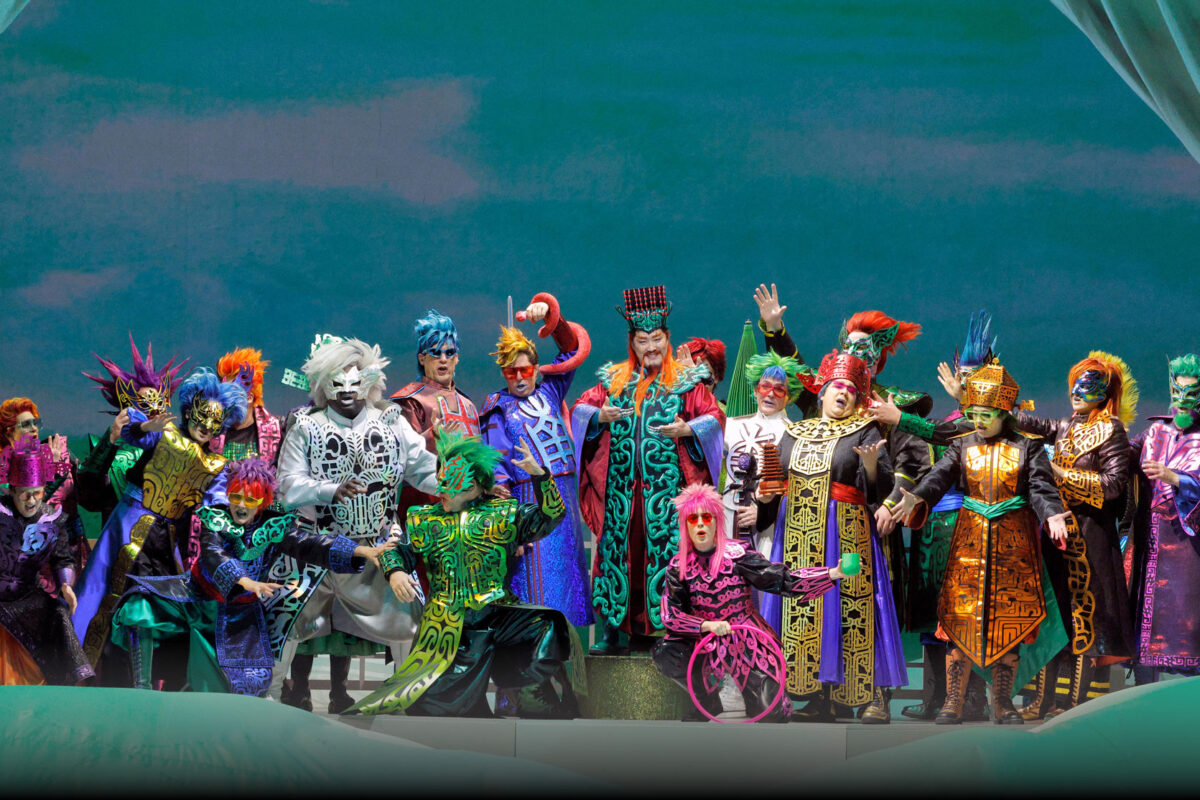California Dream State distills two decades of capturing the clifftop retreats, vineyard estates, and sandy sanctuaries where Golden State tastemakers draw inspiration
Introduction by JENNIFER SMITH
Words by STEPHANIE RAFANELLI
Twenty years of covering the best of California life and style have flown by in the blink of an eye. Some days, it feels as though the publication has always existed — like it was a dream inside me for so long that time can’t be quantified. I was not born a Californian but became one, and I think my outsider’s eye gave me a unique view on what was worth celebrating because I could look at this place from a perspective that didn’t take its charm for granted. If you are surrounded by beauty 24/7, do you even realize in what you are immersed?
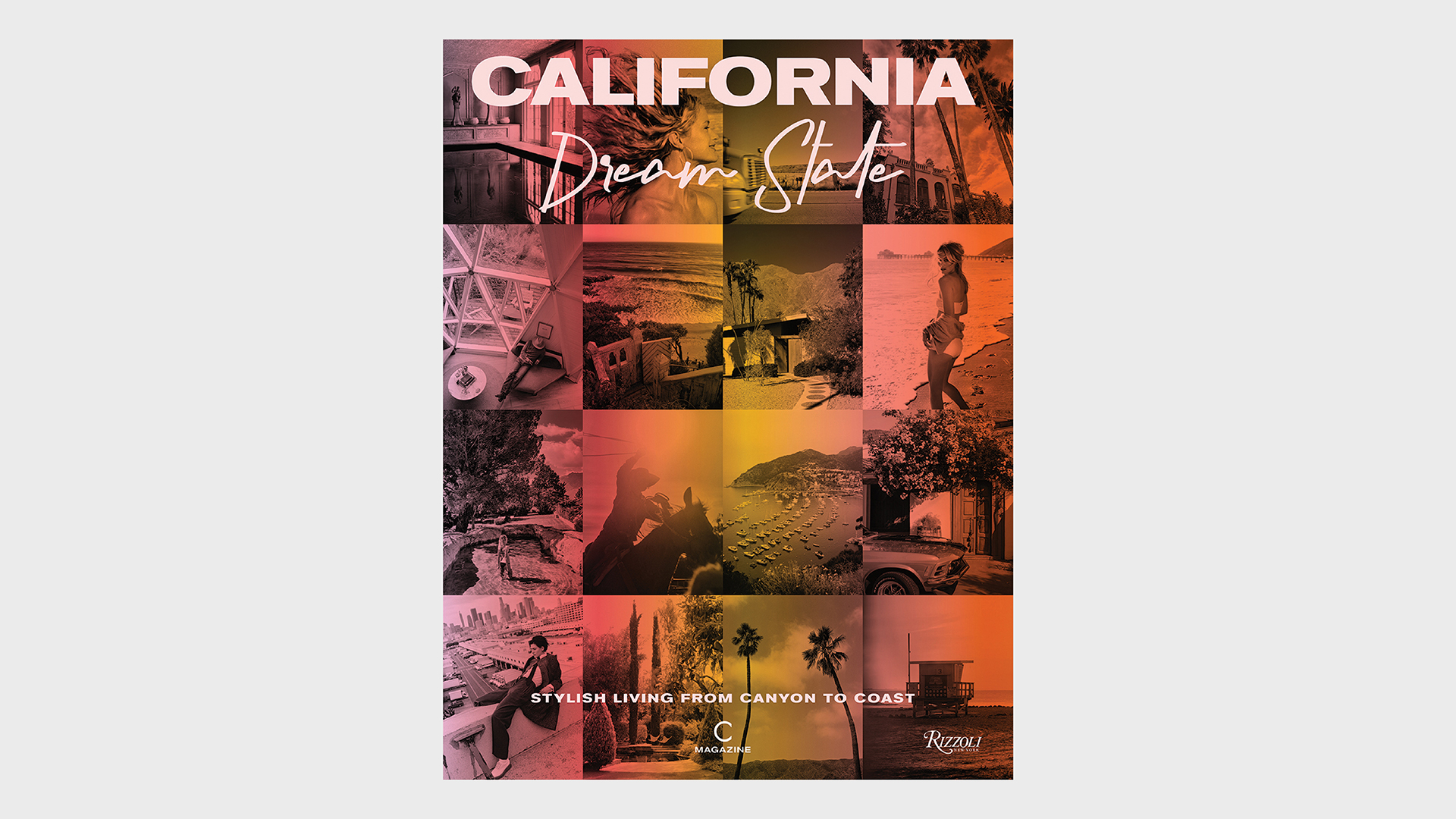
California Dream State, available at shop.magazinec.com.
My mission became how to bottle this feeling and share it. Was there a way to define this lifestyle — the people I met; the stories I heard; the experiences enjoyed from Palm Springs to Big Sur, San Francisco to San Diego, Malibu to Montecito, and everywhere in between?
Every magazine I read centered on New York City and the Hamptons, with an occasional story about an L.A. red carpet event thrown in. But these national publications didn’t cover the movers and shakers, the world-class art scene, the culinary wizards, the philanthropists, the boutique hotels, and the chic stores dotting the West Coast. Could I create a magazine about California that people would find compelling? In September 2005, the first issue of C was born, with supermodel (and the face of Estée Lauder) Carolyn Murphy on the cover.
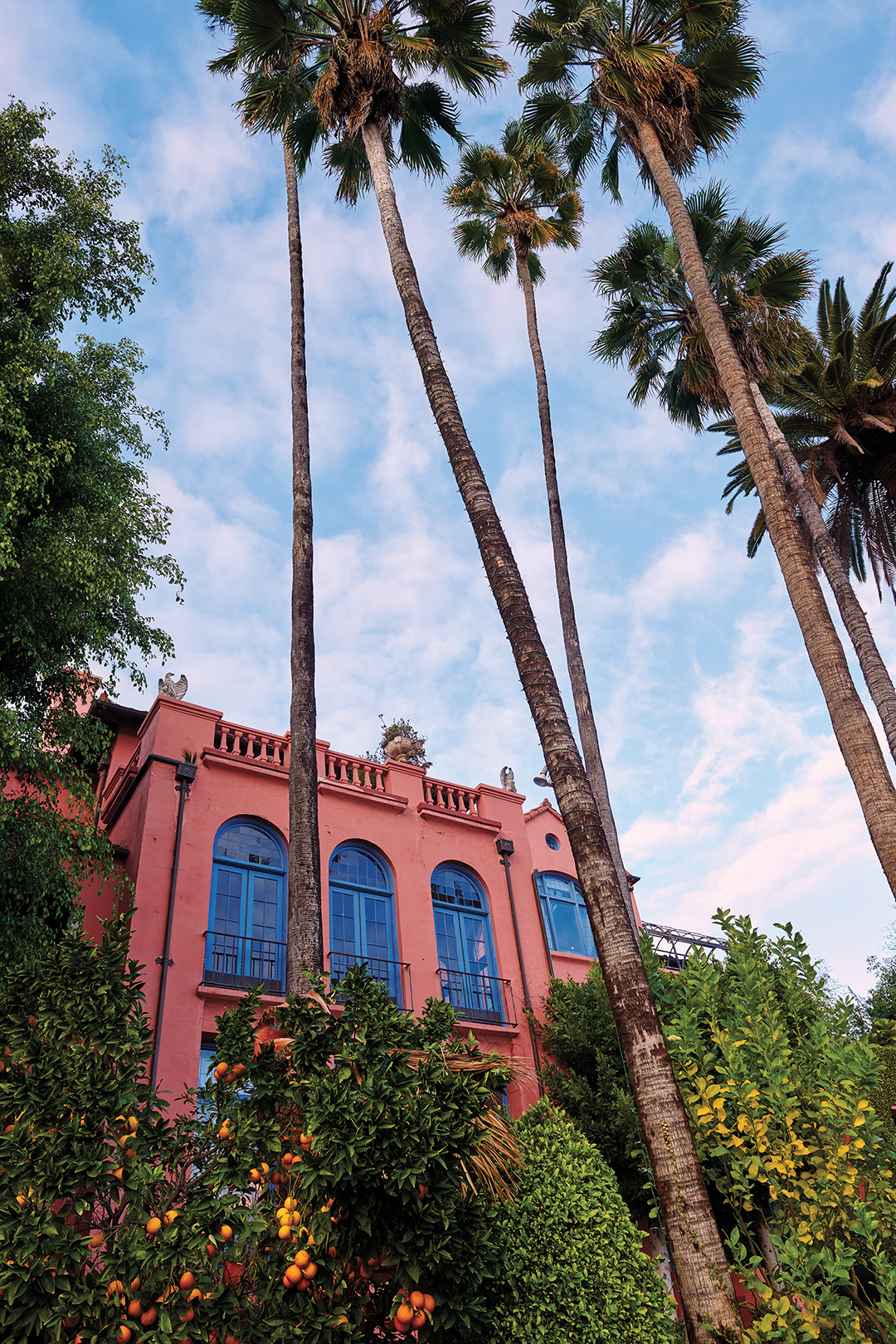
The first issue was truly special with a bevy of world-class stories: Thomas Keller of The French Laundry; Barry Diller; social doyenne and decorator Ann Getty at her amazing Pacific Heights home (she also hosted the San Francisco launch party). Another NorCal powerhouse, Dede Wilsey, took us behind the scenes for the unveiling of the De Young’s new building by Herzog & de Meuron.
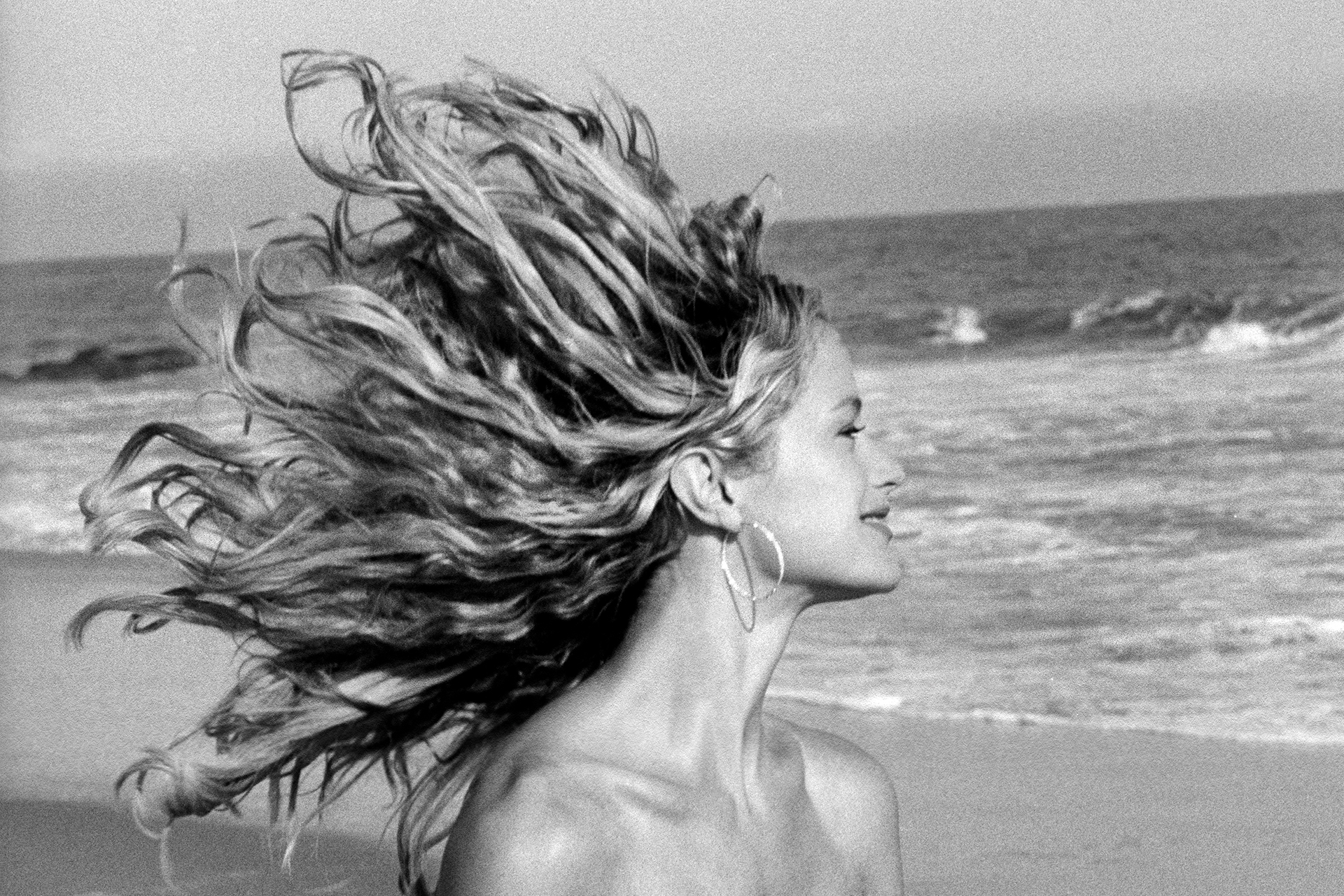
Hundreds of issues later, it still feels like we are onto something — and perhaps, even 20 years in, just getting started. The C Magazine team, full of some of the best editors and art directors in the business, always goes above and beyond to find the local angle to make it feel as insider and Cali-centric as possible.
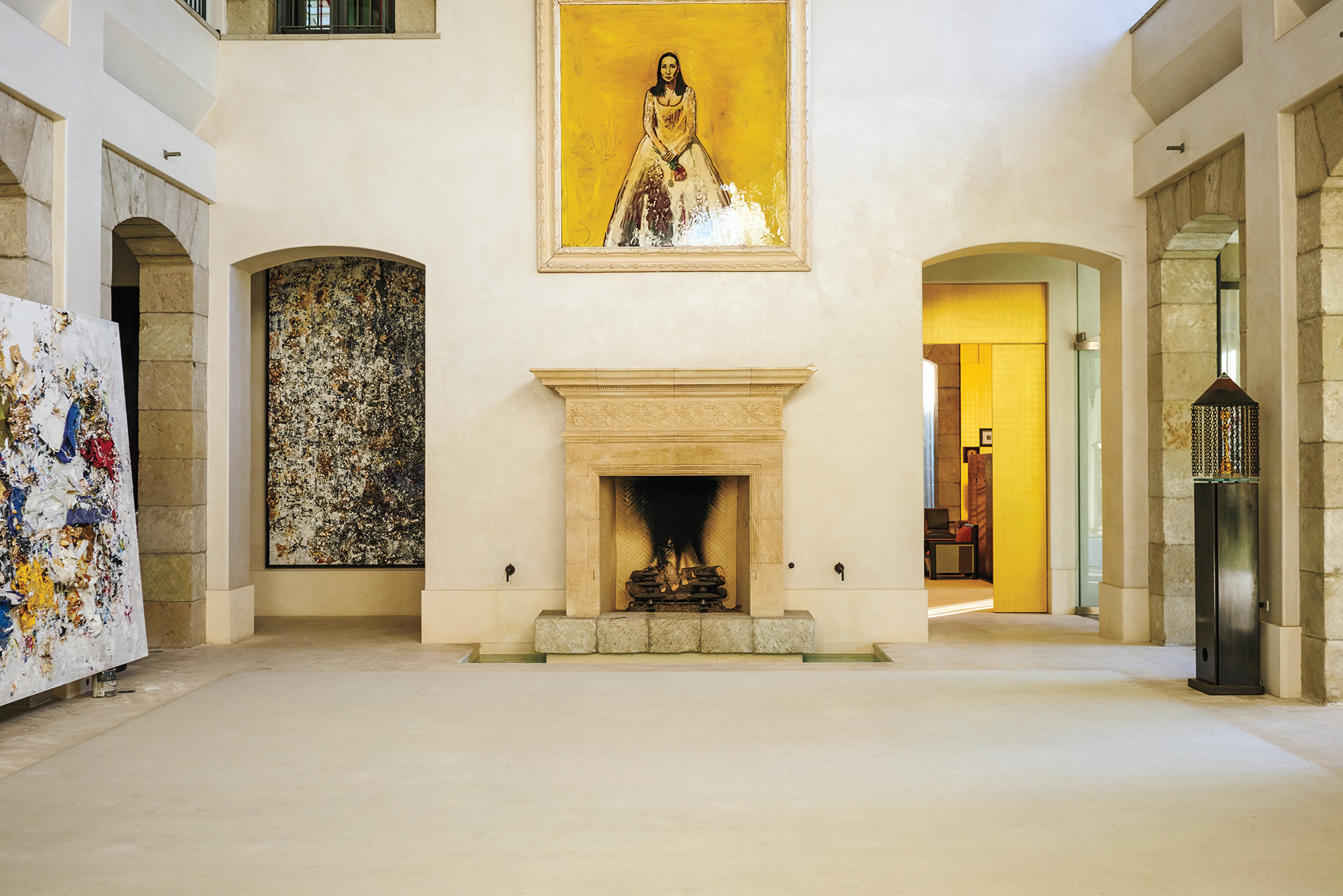
We are so appreciative of the friends we have made along the way who have opened doors for editorial features, like those on Tamara Rojo’s San Francisco Ballet rehearsal, Harlan’s Promontory winery, Tony Duquette’s Dawnridge, and the iconic Lautner, Eames, Howard Backen, and George Washington Smith homes profiled. Architects and artists like Frank Gehry, Thom Mayne, David Hockney, and Doug Aitken have let us into their private worlds. We’ve spotlighted locations such as the San Andres Fault, the windmills of Palm Springs, Santa Cruz’s redwood forest, Rincon Point, Paramount Studios, Walt Disney Concert Hall, Catalina Island, Salton Sea, and the Mojave Desert.

Hundreds of issues later, it still feels like we are on to something.
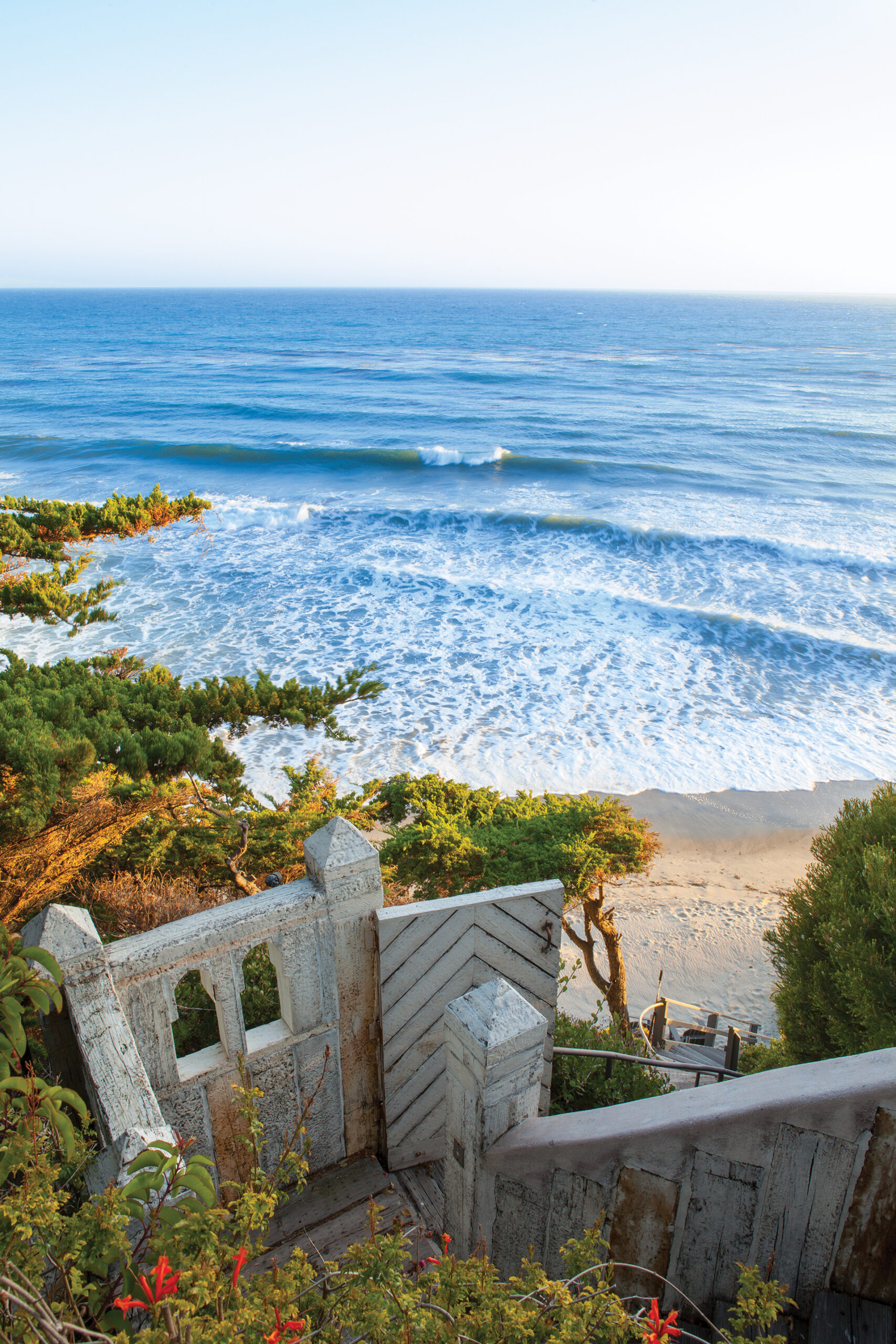
While living here does have its challenges — earthquakes, fires, and mudslides, to name just a few — there is nowhere else I want to root. Even with the recent horrific wildfires that swept through some of the most stunning vistas, taking thousands of homes in its path (including my own beloved seaside cottage), I still can’t wait to wake up and hear the birds, smell the jasmine-scented air, and immerse myself in that golden light. I can’t imagine not having California as my homeland.
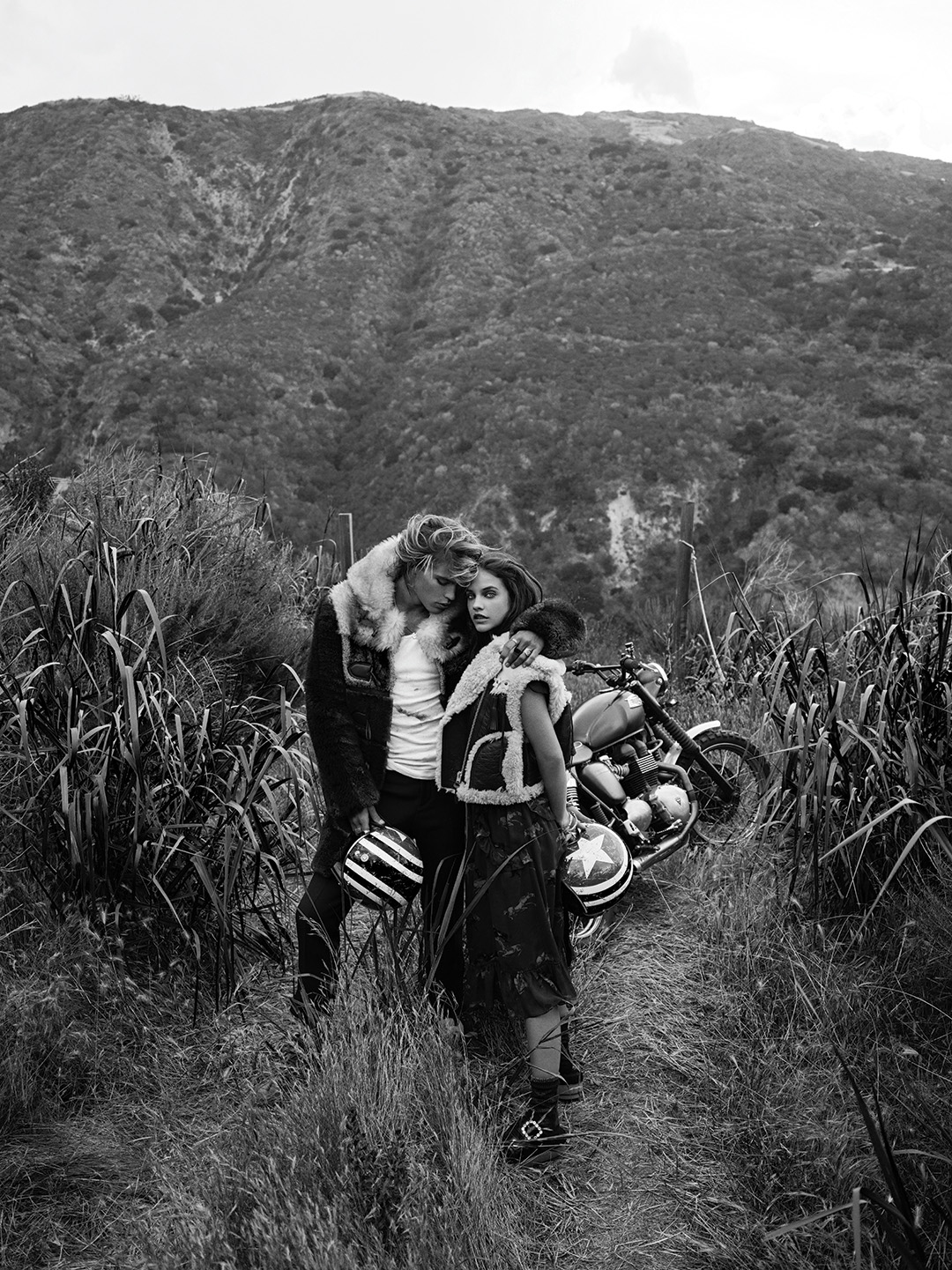
With two decades of content created by the C Magazine team, we are pleased to share it in this singular book with Rizzoli. Organized into seven categories — Canyon, Coast, Mountain, City, Garden, Valley, Desert — it spotlights homes, personalities, and places up and down the Golden State. We hope you enjoy what is essentially our own love letter to this storied land.
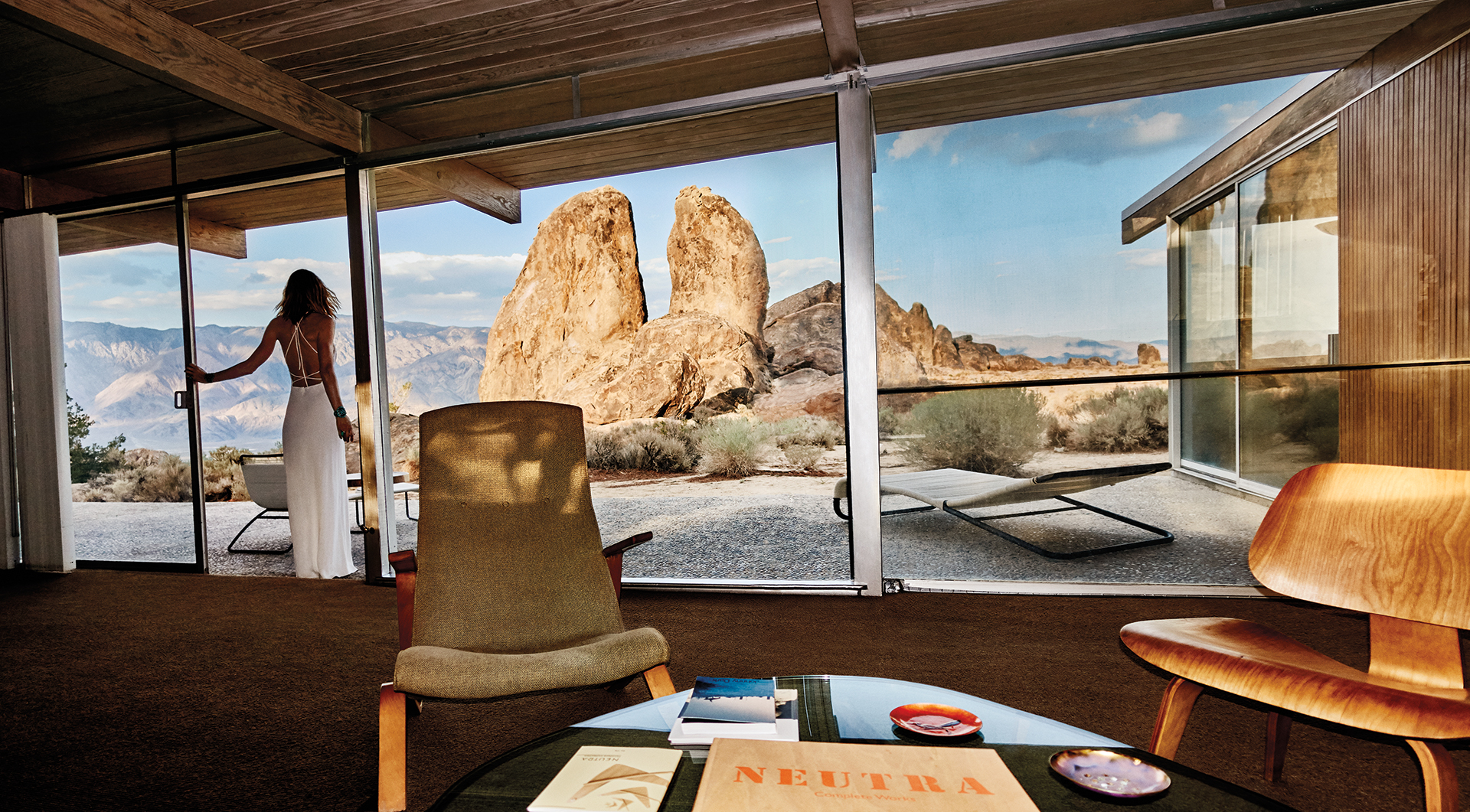
MOUNTAIN HIGHS
Sierra peaks breathe life into legends
California is a topographical wonder. Its 163,696 square miles comprise 12 diverse geomorphic provinces. It is apt that half this land of lofty dreamers is situated thousands of feet up in the air. Between the Pacific, Central Valley, and deserts is a soaring, three-dimensional rock jigsaw puzzle of more than 350 mountain ranges — from the far northern Klamath peaks down through the Northern and Southern Coastal Ranges to the Transverse and Peninsulas and, to the east, the Cascades and Sierra Nevada. Who could gaze up at the serrated 14,505-foot-high granite blades of Mount Whitney and not believe anything is possible?
It is apt that this land of lofty dreamers is situated thousands of feet up in the air.
In the 1930s, photographer Ansel Adams documented the otherworldly grandeur of the Sierra Nevada in moody, basalt blacks and lunar whites. Camera lenses are also pointed skyward in California. Ever-present, like the cityscapes of our downtowns, even the outlines of the state’s mountain peaks have become as recognizable as century-old stars. More than 400 films were shot at cowboy town Lone Pine between the eastern foothills of the Sierra Nevada and the Inyo Mountains after the first silent western. It is from all these films that screenwriter Mitch Glazer must draw inspiration when he stares through the glass walls of his Lone Pine modernist home (shared with his wife, actor Kelly Lynch), built by Richard Neutra in 1959.
California’s slopes are as rich with socio-historical references as they are flora and fauna with their old indigenous, cowboy, Gold Rush, logging, and mining communities. Maria Grazie Chiuri, former creative director at Dior, staged her cruise 2018 collection at Las Virgenes Canyon Open Space Reserve in the Santa Monica Mountains, a conservation area with multicultural frisson, referencing everything from the Cave of Munits, once inhabited by a Chumash shaman, to the female pioneers.
Great art needs great nature. So blurred are the lines between the two that designer Jenni Kayne-Ehrlich’s clapboard property on Lake Tahoe — itself the location of a century’s worth of films — restyled as the archetypal “lake house,” is almost recognizable as the set of some imaginary film that unfolds deep within the conifer forests.
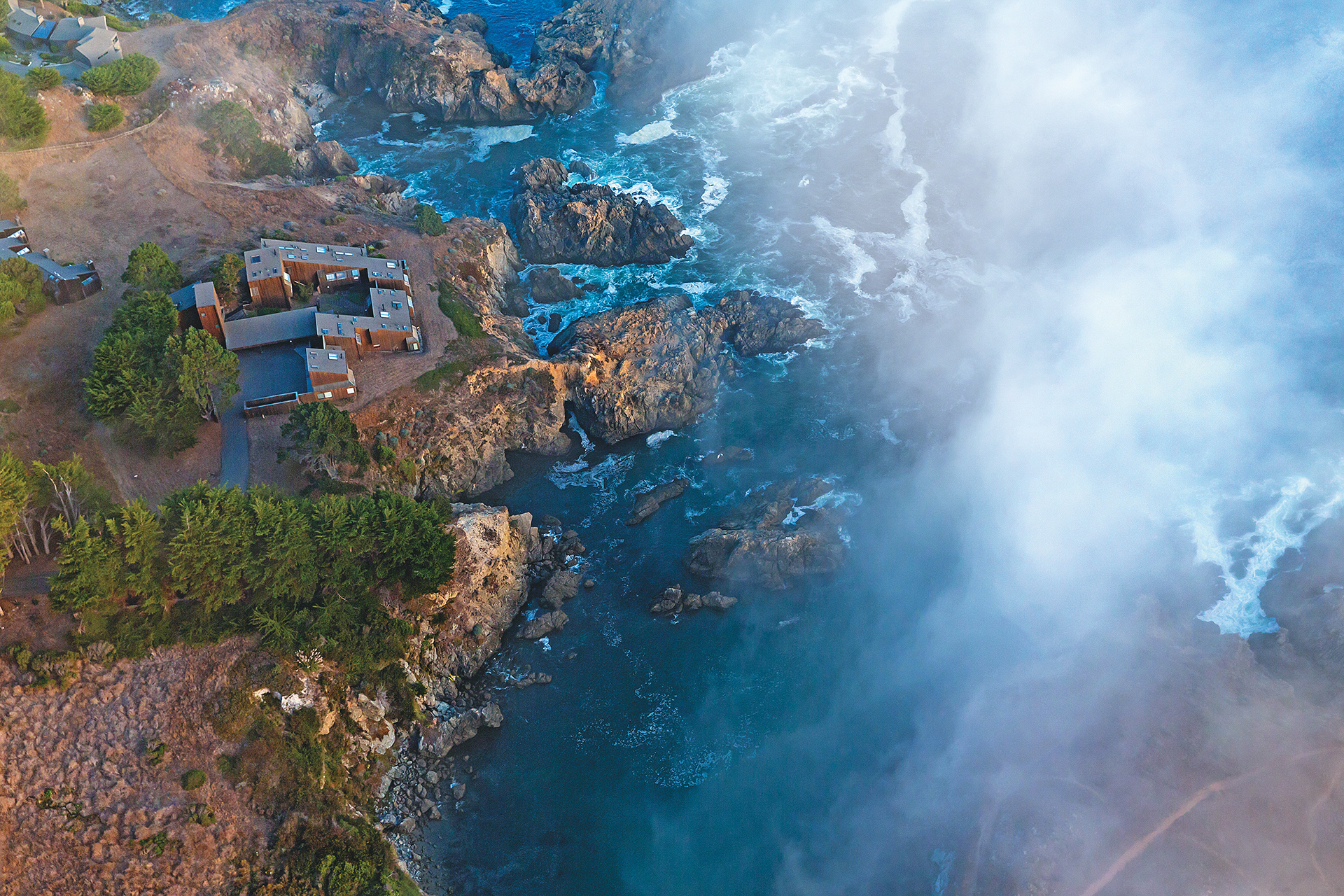
COAST FEVER
The untamed beauty of the surf
Swami’s, Trestles, Rincon, The Wedge, and Mavericks are all stops on one of the most famous pilgrimages in the world. The religion? Surfing, with SoCal as its American mecca. The easy-breezy outdoors lifestyle has come to define California in the world consciousness. Of course, America’s third largest state didn’t invent riding waves (this has been attributed to the Moche of pre-Colombian Peru), just as it didn’t create the movie camera. But what it brought to the sport was the topographical blessing of its 840 miles of coastline, steep seabed, the biggest fetch of all the oceans — which means superlative waves, a thirst for iconography for the new Californian Dream and, of course, obsession. After all, why could Californians not saddle and ride the waves of the Pacific just as their ancestors had done the horses of the Wild West?
If California’s surfers were overreachers, they were very casual ones: semi-clothed rebels with a very singular cause after the tidal waves of the youthquake washed over them, a moment captured in 1959’s Gidget with Sandra Dee. Since then, the very casual pastime of walking on water is a pre-breakfast rite from San Diego through San Clemente to Laguna Beach and Malibu.
Why could Californians not ride the waves of the Pacific as their ancestors had done horses?
For a quintessential ocean experience straight out of the ’50s, a ferry ride from Long Beach takes travelers back in time to the whimsical sandcastles and bygone-era campsites of Catalina Island, where the Wrigley family is doing its darnedest to keep it just the way it is.
Of course, some are fortunate enough to gaze upon the Pacific’s sparkling shores from morning until night. On Malibu’s Broad Beach, a secret path leads to a sandstone château that might have leapt out of 17th-century France. With turrets built in this century, it is in fact the fantasy creation of a master of antiquities, Richard Shapiro.
“Every mile of the forty had been enchanted,” wrote poet Robinson Jeffers in 1914 of his first journey along the coast of NorCal’s legendary Big Sur. He settled here, documenting the area’s isolation and primordial energy. Sixty years on, Big Sur remains the longest and most undeveloped coastline in the United States — the Pacific’s primal roar reminding us of the soul-freeing beauty of standing on the fringes of the earth’s greatest ocean wilderness.
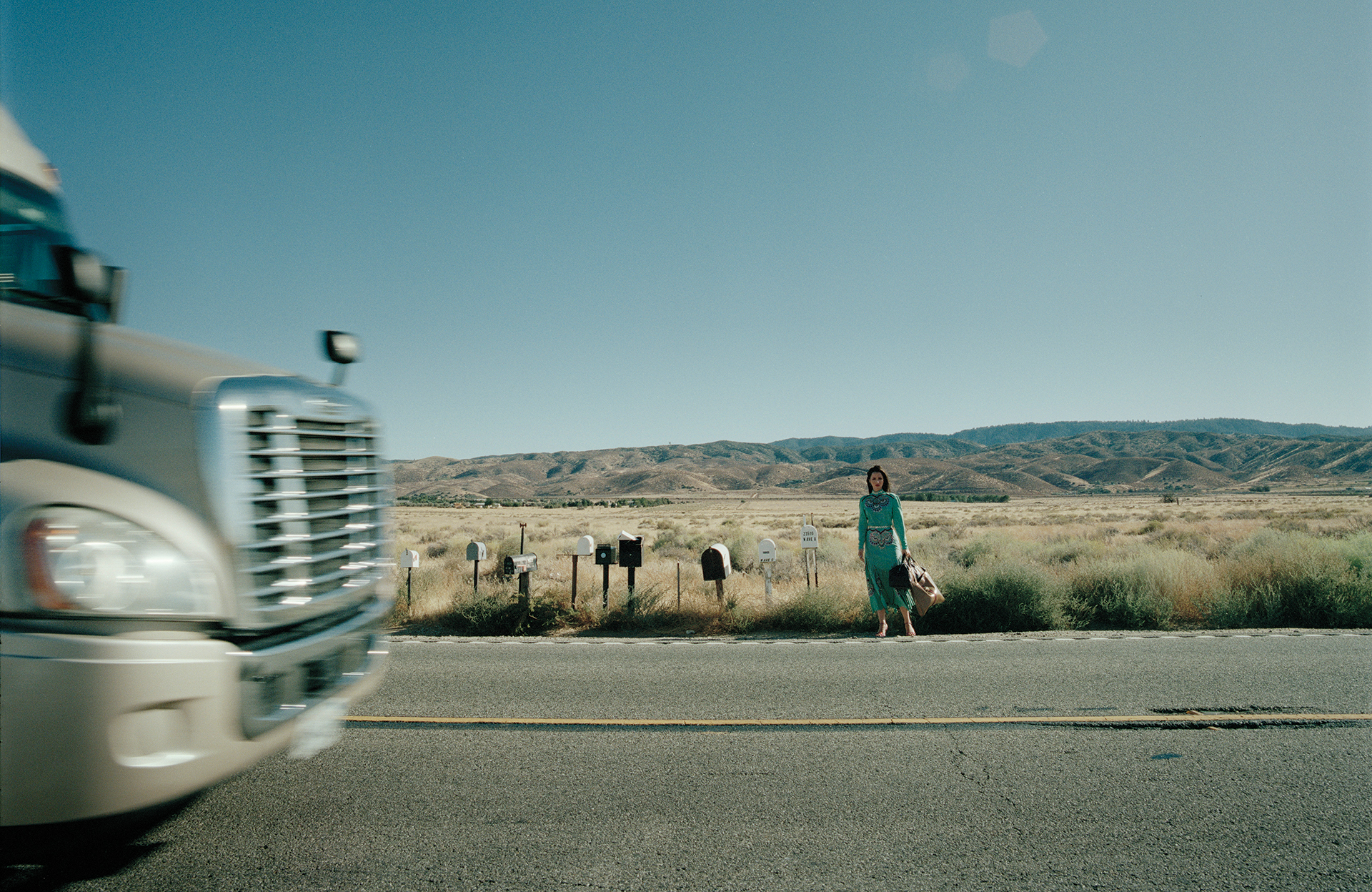
DESERT DREAMS
Where Joshua trees bloom stoically
The Mojave, the Colorado, and the Great Basin: California’s vast deserts are fertile spaces in the imagination. American dreams have blown like tumbleweed through their emptiness — the Wild West, atomic bombs, mid-century modern, pre-missions to the moon and Mars — only taking permanent hold in military bases and palmed oases because, despite increasing pockets of gentrification, nothing can colonize the desert — except perhaps extremes of the heat, giant boulders, wildflowers, and jack rabbits. Between them on plots of land walk ghosts of the past (Cahuilla, Mexican, American) with promises of the future and lone wolves.
Artists and filmmakers have all been drawn to this tawny, desolate beauty to try — the desert playing both muse and tabula rasa. Each experimented with their own frontiers — from Westerns shot at the set of Pioneertown in the 1950s to George Lucas’s Star Wars: Episode IV—A New Hope (1977), as if prescient of the Mojave’s Air and Space Port, to a litany of grisly movie murderers.
Artists and filmmakers have all been drawn to this tawny, desolate beauty to try — the desert playing both muse and tabula rasa.
The savageness of the desert could not be closer to or further from Hollywood. It’s curious to think of coyote and rattlesnakes in the 1930s picking up the vibrations of Frank Sinatra, Bob Hope, and Carmen Miranda mingling at their modernist homes (like that of artist couple Steve Hash and Ally Hilfiger) in Palm Spring’s Movie Colony district. They left behind a legacy of film and music festivals in the Coachella Valley. Meanwhile, the Mojave’s trippy rocks and the sculptural shadows of Joshua trees have drawn artists whose work explores new modes of desert living in uncertain times as modernist architects, like Richard Neutra and Robert Stone (who designed the Acido Dorado house) once did.
The ephemeral Bombay Beach Festival uses a dying salt lake as an installation site for climate-concerned artists. This former 1950s resort, created by a 1905 engineering disaster on the Colorado River, once drew Sinatra and The Beach Boys. Now it is toward this counterintuitively rich cultural and environmental context that California’s creatives have gravitated in search of solitude and inspiration beneath the tangerine glow of sunrise in the desert sky.
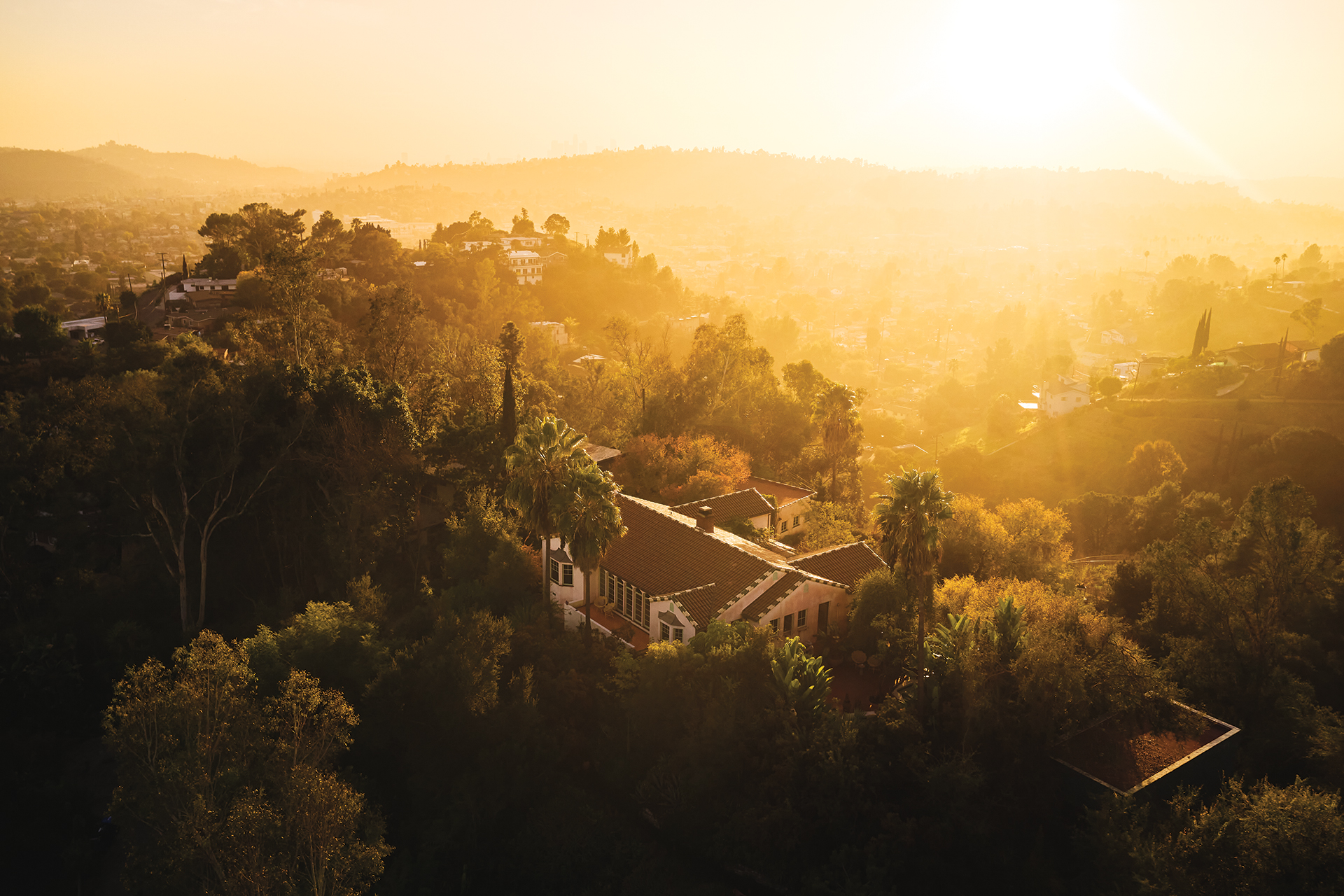
CANYON CALLING
A shaded refuge away from the city
L.A.’s canyons have always been places to hide out from the full glare of the city. In 1910, real estate developer Charles Spencer Mann famously built America’s first trackless trolley, which ran from Sunset Boulevard along a dirt road to Lookout Mountain, to promote rural vacation lots in the Santa Monica hills — the speckled shade of eucalyptus trees lending respite from the frenzy of this new place called Hollywood that sprawled beneath it.
Raymond Chandler used this bordering counterpoint as a setting for his novels The Big Sleep (1939) and The Long Goodbye (1953). The winding of Laurel Canyon Boulevard into shadowy woodlands served as a kind of open-windowed journey into freedom. By the 1960s, Laurel Canyon had become just that: it was an artists’ enclave taken over by the musical counterculture that ran like a bucolic commune. The timber of clapboarded house muffled the wild all-night sessions at Mamas and Papas singer Cass Elliot’s place, forever remaining a reference for “canyon chic” — something epitomized by Larry Butler’s log house in Rustic Canyon, which began as a film set.
The first of Hollywood to escape the oppression of the system to the canyons were nonconformists.
It is no accident that the first of Hollywood to escape the oppression and egotism of the studio system to another canyon — Topanga, north of Malibu — were also nonconformists, including silent movie star Pola Negri (whose lovers included Charlie Chaplin and Rudolph Valentino) and her friend Texan heiress Margaret (Mae) West. In the 1950s, actor Will Geer, who was blacklisted by Hollywood for refusing to denounce communists, moved to Topanga. His friend, folk musician Woody Guthrie, lived in a shack in his garden. Guthrie’s legendary presence in Topanga later drew the likes of Dennis Wilson of the Beach Boys and Neil Young, like moths to a musical flame.
Today, the bohemian spirit of Topanga is remarkably the same. In 2022, L.A.–based milliner Nick Fouquet moved to a geodesic dome house in Topanga Canyon — its three-story high cupola encouraging his blue-sky thinking. Meanwhile, muse and maven Sarah-Jane Wilde designs her jewelry with Stone Canyon Reservoir like a silvery liquid guitar in the distance. Her home couldn’t be anyplace but L.A., where canyons are oxygenated and inspired by the crisp morning breezes.
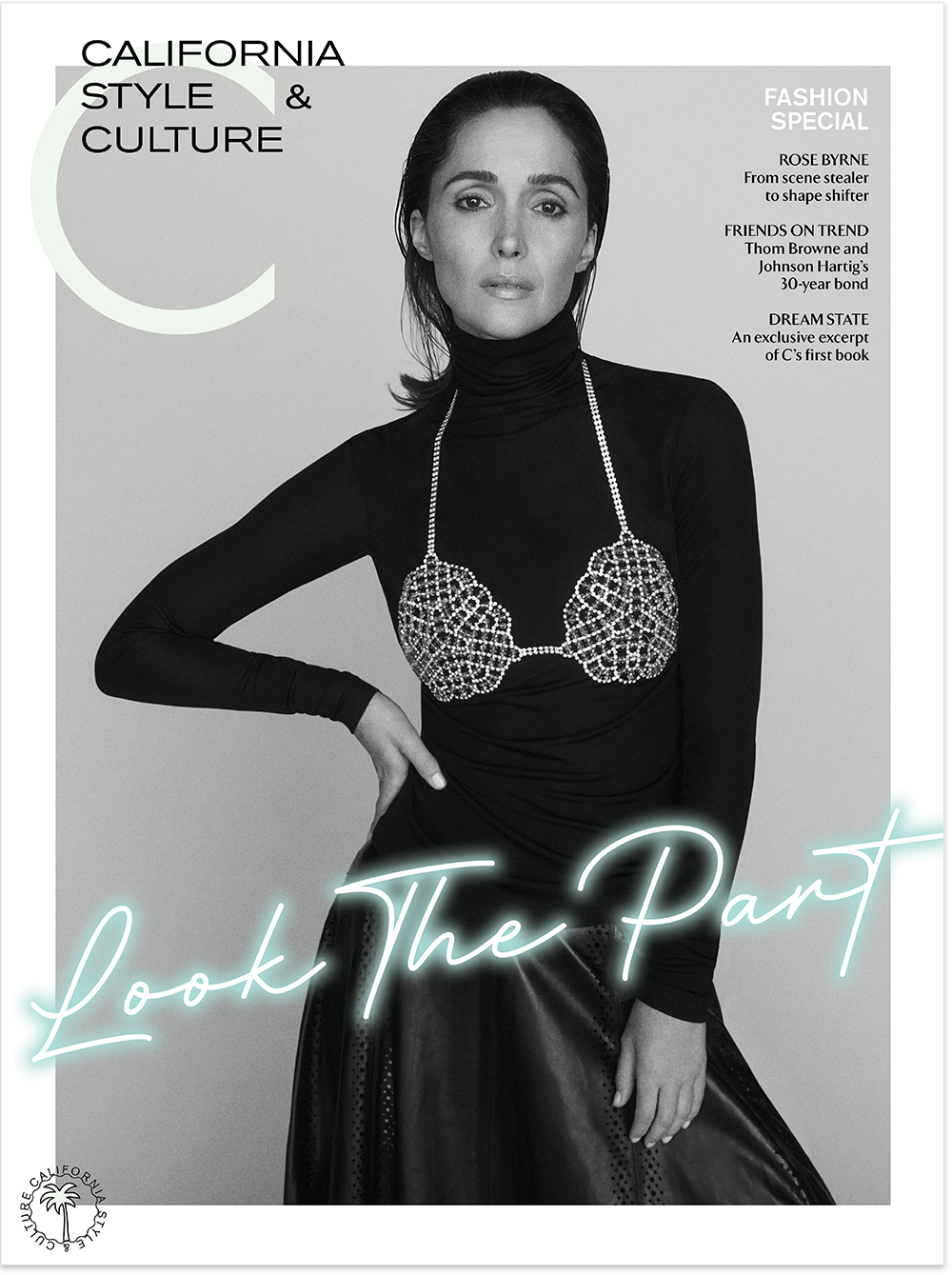
September 12, 2025
Discover more CULTURE news.
See the story in our digital edition



